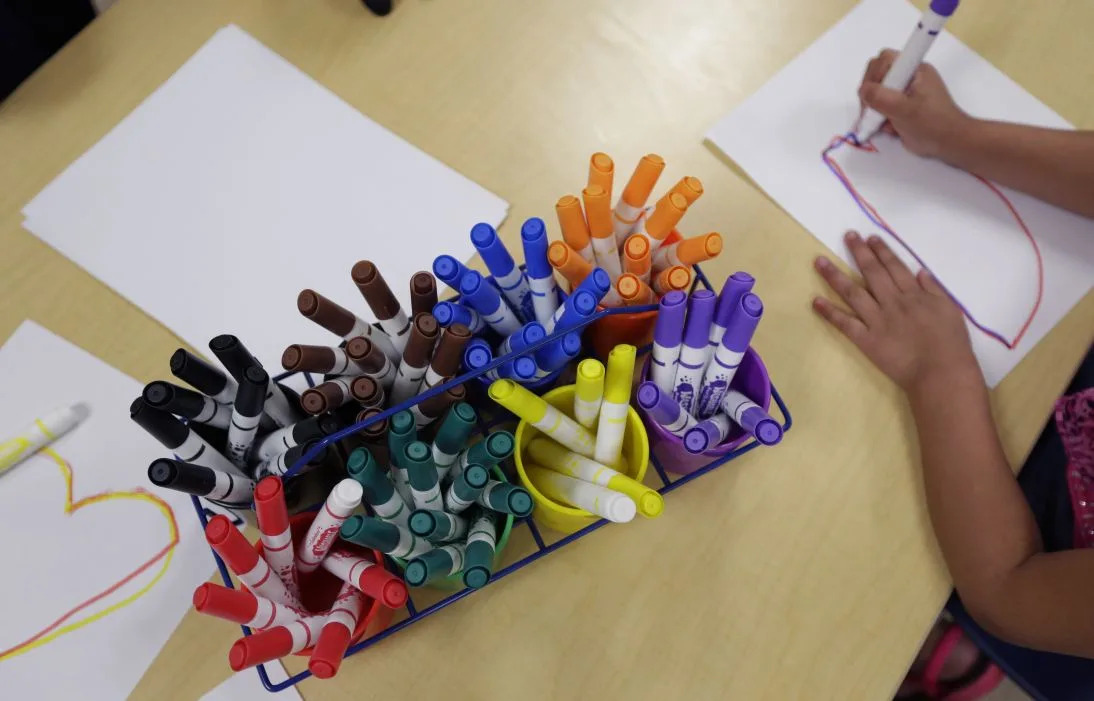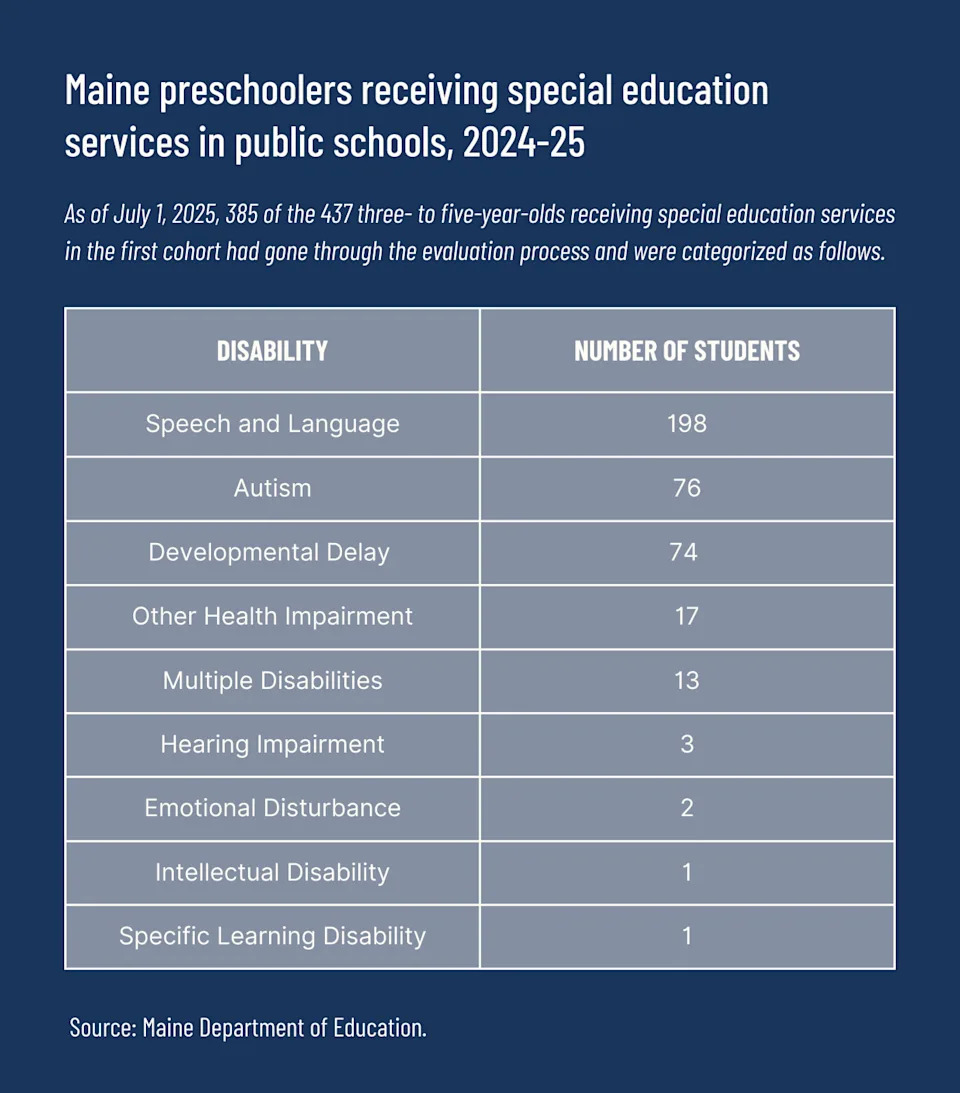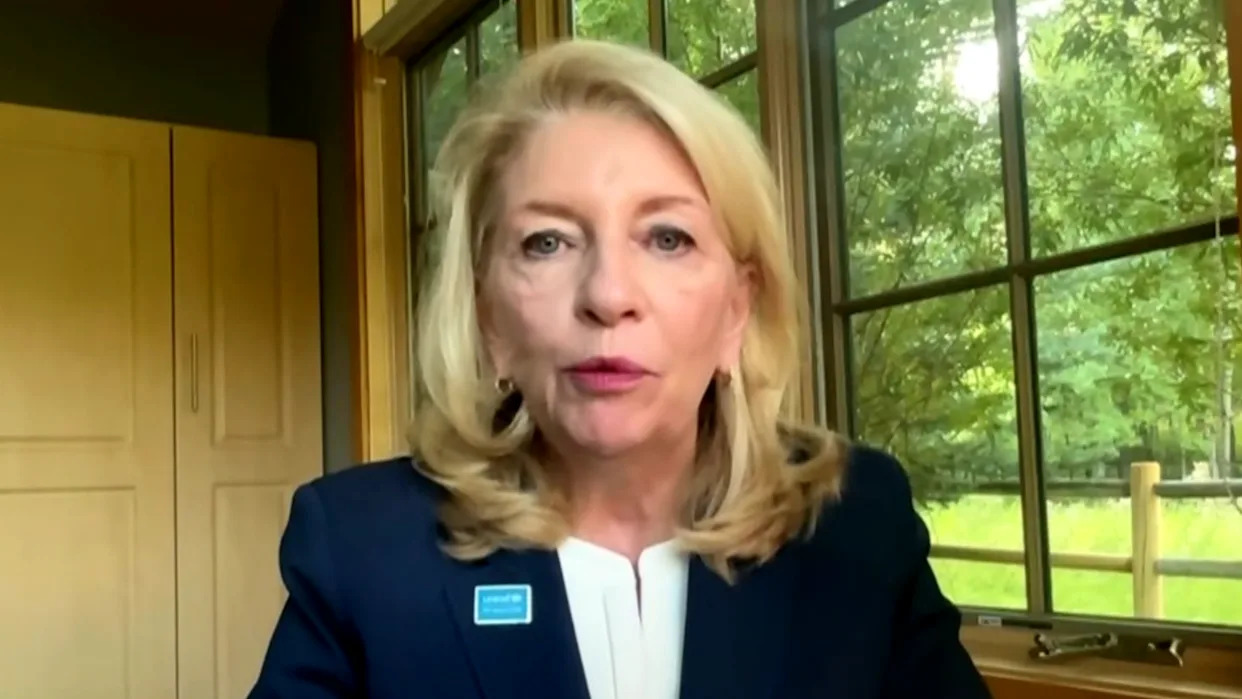
St. George Municipal School District superintendent Mike Felton thought long and hard about opting into a Maine Department of Education program to have public school districts provide special education services to qualifying three- to five-year-old children.
Now, as the first year of the program comes to an end, he says that although there were bumps in the road, he’s glad he opted in.
“We want to get kids in the door and invest in them as young as possible,” said Felton. “Every year you wait, it becomes harder and more expensive.”
This past year marked the first of a four-year plan to transition the provision of special education services, including speech, physical and occupational therapy, for three- to five-year-old children with disabilities from the Maine Department of Education’s Child Development Services to the state’s public schools.
As the 17 public school districts around Maine that participated look back on their first year and another 34 prepare to join them at the start of the coming school year, the mood is one of cautious optimism.
While school districts were able to provide services to all eligible children, they were at times met with significant challenges, including receiving more than twice the number of students the state told them to expect.
Failing to provide adequate services “can snowball through a life,” said Maine Developmental Disabilities Council executive director Nancy Cronin. A child’s first five years are crucial for development, and if a child doesn’t receive appropriate support during the preschool years, it can be difficult to catch up.
Under federal law, states are required to ensure all children can successfully participate in the public education system. For young children with disabilities, that means providing them with the resources they need to participate in preschool with their peers and enter Kindergarten prepared to learn alongside their classmates.
But in recent years, Maine has fallen short of that charge. CDS — which remains responsible for providing services to the majority of the state’s eligible preschoolers — has been failing to provide disability services, leaving kids on waitlists for months, and, in extreme cases, over a year.
“You would see these kids every day who needed help and weren’t getting it,” said Janet Schoff, the director and head teacher at Learning Tree Preschool in York County and a child care provider of 42 years. “The waiting was excruciating.”
Teachers at Learning Tree helped where they could.
“Us teachers will step forward and fill any shoes for any child,” said Schoff. “But we have a whole class who is also worthy of our time and guidance, so we can’t give one child with extreme needs all the time and energy they require.”
High demand
Education leaders from York to Penobscot County who opted into year one of the program said that overall, the transition went well, but the shift was not without its challenges. Districts ended up with far more students than expected, rural school districts had trouble finding enough staff and transportation proved to be a constant puzzle.
“It’s a bigger undertaking than was presented to us a year ago,” said Kittery superintendent Eric Waddell. “But we expected it wasn’t going to be as easy as it sounded early on.”
Knowing that families fed up with CDS had been finding alternative ways to get their kids early intervention services, educators expected there would be more preschoolers eligible for support than had been relayed to them by the DOE. But they didn’t expect the figure to be more than double.
The state told the 17 school districts to plan for 189 students. Instead, there were 437.

In St. George, the additional children meant they needed to add an extra preschool classroom halfway through the year. In Kittery, the district planned to receive 11 eligible preschoolers. By the middle of the school year, they had 34.
“It was a shock,” said Waddell.
Districts experienced other growing pains, too.
At the start of the school year, the Guilford School District had trouble getting services to kids across the town’s 36 square miles, leading to delays. And, unable to hire enough therapists, the district opted to provide some speech services online, according to the district’s special education director Nicki Greene.
At the same time, teachers had to get additional certifications and become accustomed to tasks not usually elementary school job descriptions, including potty-training kids and changing diapers.
“I have staff that will do whatever it takes,” said St. George School District special education director Jessica Berry. “If we didn’t, it would be a problem.”
Despite these challenges, school districts were successful in their primary task – providing all eligible students with services within the legally allotted timeframe.
This is in stark contrast to CDS, which served more than 7,000 children last year and reported long waitlists for several services, including more than 800 waiting for speech therapy and more than 500 waiting for occupational therapy, according to data from the DOE.
Challenges ahead
Many of the school districts that joined the pilot felt they were ready, with robust pre-K programs, close connections to local preschools and staff with the capacity and enthusiasm to take on a new project.
But that’s not the case for every school district. Many don’t have full-day pre-K programs or pre-K at all. Some have yet to implement full-day Kindergarten.
And skepticism about whether the state will continue to foot the entire bill is making some superintendents reluctant to engage.
Cronin, of the Maine Developmental Disabilities Council, said she was glad to hear that many schools in the first cohort were successful, but is worried there hasn’t been enough centralized planning to ensure other districts, especially those with fewer resources, have the same experience.
“The system is desperate for change, but there still isn’t a strong pathway to make that change happen,” said Cronin. “There are all kinds of issues that haven’t been addressed. We haven’t solved issues of space and transportation, or made it easier for schools to find ed-techs and teachers.”
Without solving these underlying issues, Cronin said she wonders why school districts are expected to better serve the state’s preschoolers with disabilities than CDS did.
“Are we moving toward a system that is better?” she asked.
The Department of Education doesn’t “have a magic wand” to solve problems, including the workforce shortage, said Sandy Flacke, deputy director for the department’s Office of Special Services and Inclusive Education. But by using community relationships, support from the department, lessons learned from the pilot year and resources like teletherapy, she’s hopeful that the new system will be more efficient and effective than CDS, she said.
Flacke said the department is working hard to support school districts that will take on this responsibility in the coming years and will have check-ins with the second cohort of schools at least once a month and host multiple informational sessions for schools planning to join in the third and fourth years.
“We want to be able to provide them with tailored support and guidance,” said Flacke.
Funding uncertainty
The 2024 legislation that set this transition into motion mandates the Maine Department of Education pay for 100 percent of “reasonable and necessary” costs for school districts to provide services to preschoolers with disabilities.
Last year, the state held up its end of the bargain, shelling out over $7 million for everything from toys to ed-tech and teacher salaries.
But some are worried that increasing costs as more school districts join and shifting priorities at the federal level could change the equation.
School leaders are concerned that if the DOE backs away from its funding obligation, the burden would fall to property taxpayers, some of whom are already reluctant to support school budget increases.
“It would be catastrophic to have to absorb these costs,” said Waddell.
The DOE, however, said the law is clear that 100 percent of preschool special education costs will be paid by the state.
The state committed $39 million to preschool special education for this fiscal year.
One way the DOE is working to keep costs down is by billing MaineCare. As part of Medicaid, the federal government partially funds MaineCare, including paying for around 74 percent of costs for moderate and low-income children enrolled in the program. As 50 percent of Maine children have MaineCare coverage, this could provide savings for the state.
However, only one of the 17 schools billed MaineCare last year. And $1 trillion in federal Medicaid cuts could change what is eligible for reimbursement.
The DOE is working with the state’s MaineCare office on billing for eligible children receiving support services and the DOE is encouraging, although not mandating, school districts to bill MaineCare, said Flacke.
Despite the challenges and concerns about the future, participating school district leaders see this transition as necessary and said they are glad they have begun the process.
“You do see incredible growth with the three and four-year-olds. It’s amazing how fast they grow and learn,” said Felton. “Resource-wise, it’s going to be a heavy lift. But I get why we want to do it.”








Comments